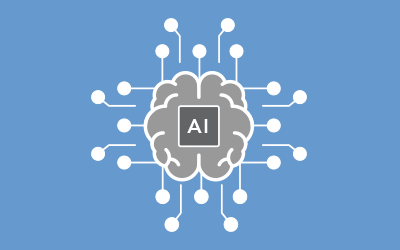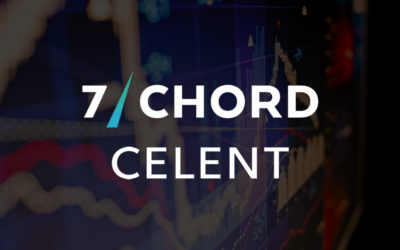
The credit market is undergoing a fundamental shift in the way trades are executed. Until around 20 years ago, most trades were conducted over the phone, by Bloomberg messages and in some cases by email. All of this was classed as voice trading. The arrival of the internet saw the development of electronic trading. Initially this was simply replacing some of the more straightforward voice trading, whereby the dealers created single-dealer platforms and clients were able to explore prices and execute trades with the dealer. Then with the advent of multi-dealer platforms such as Bloomberg, MarketAxess, Tradeweb and others, clients could send requests to multiple dealers, get multiple quotes and execute on the best price.
More recently, we are seeing the advances in algorithmic trading where algorithms and computers place orders on both client and dealer sides. We have also seen the development of systematic market makers, where computers respond to clients with prices. Today there are a number of combinations of these forms of trading, and they are fast increasing in complexity.
Some fixed income markets have already adopted electronification (for example, US Treasuries and European government bonds). In relatively less liquid sectors — such as investment grade and high yield corporate bonds, emerging and frontier markets sovereign and corporate bonds — the proportion and volume of electronic trades is increasing year on year.
The electronification of fixed income trading has opened up new possibilities for all market participants. Buy-side clients can manage their portfolios more efficiently; hedge funds can implement algorithmic trading strategies to take better advantage of market dislocations; market makers are able to respond to a stream of RFQs with enhanced speed and accuracy. The adoption of algorithmic trading, systematic market-making strategies and advanced trading protocols requires firms to embrace new technologies. Integrating ML and/or AI tools into the trade automation process is emerging as a clear trend.
Contents
- What is driving the trend for electronic trading?
- Electronic trading platforms
- Evolution of trading automation tools
- Systematic market making
- Portfolio trading



